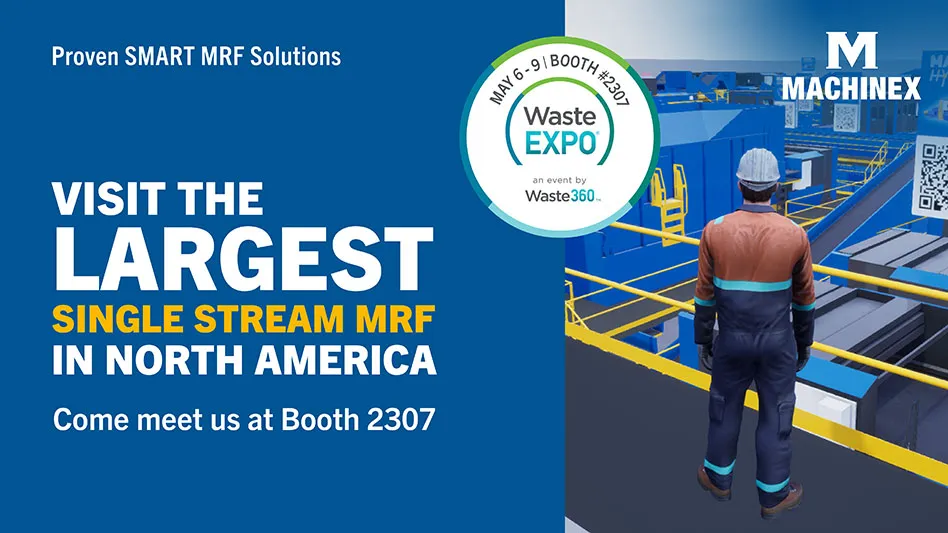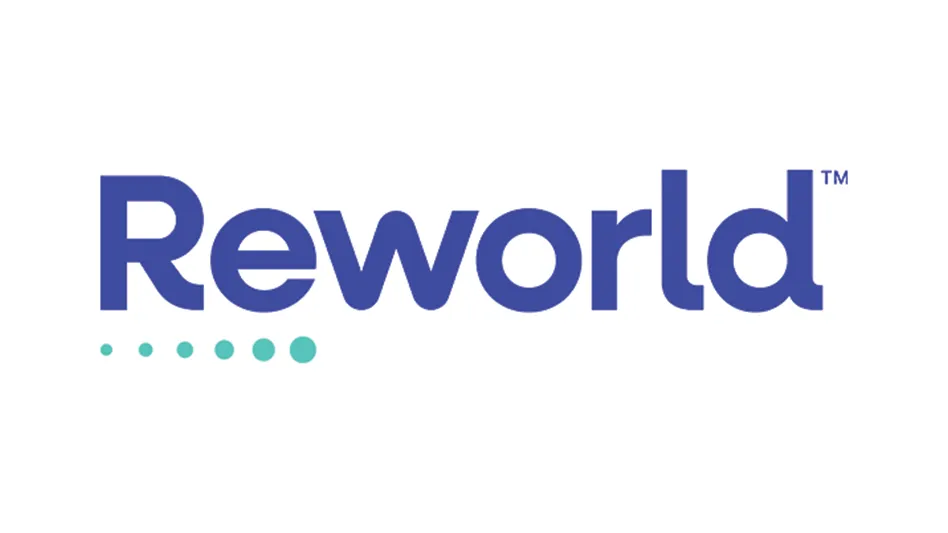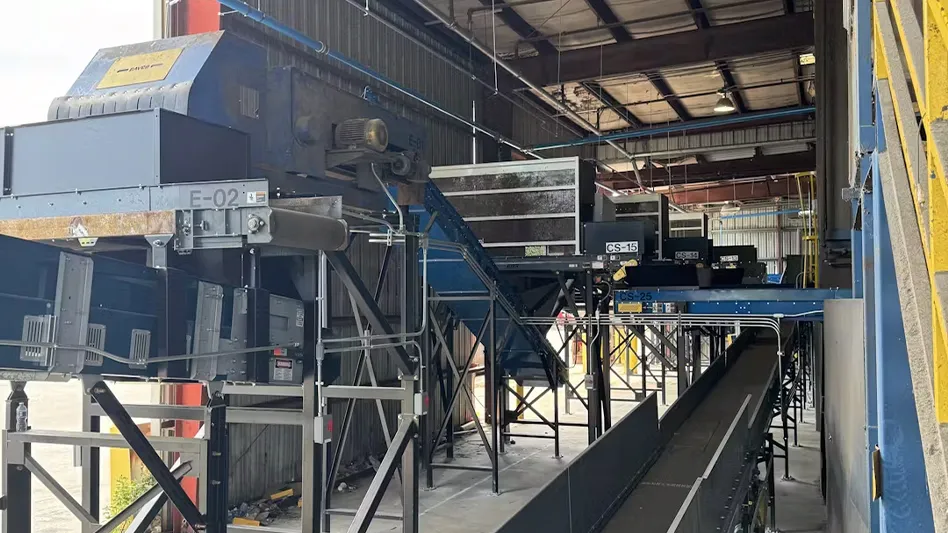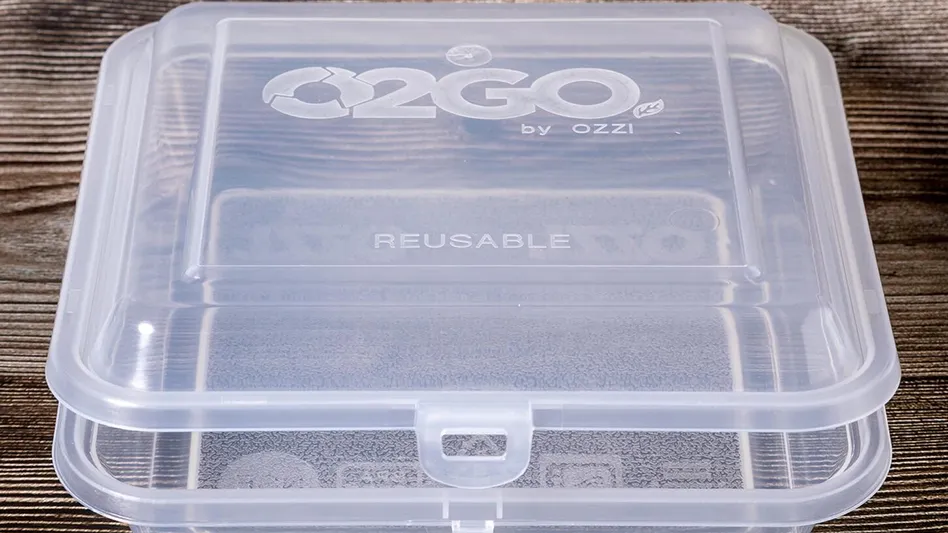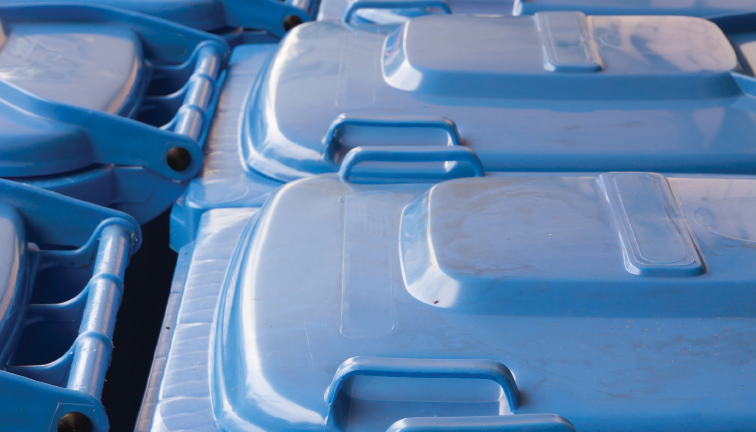
Aug. 16, 2016, 10:05 a.m. Central Daylight Time: “We have a problem.”
It’s a phrase nobody wants to hear. It was definitely a phrase that Joyce Williams, recycling administrator for the city of Memphis, Tennessee, wasn’t keen to hear from her material recovery facility (MRF) in the midst of a multiphase, multiyear cart roll-out. And it was particularly unwelcome given that she had at her disposal just 1.5 staffers to keep recycling operations running smoothly for a thriving community of 650,000 people.
Deep breath. Pause.
“OK, what’s the issue?”
Based on a visual inspection at the MRF, contamination levels on four curbside routes with new recycling carts had grown to a staggering 50 percent. Williams knew that her MRF contract had a provision for rejection of any load with more than 8 percent contamination based on visual inspection. She also knew that she suddenly had a new, pressing project.
Having built a strong relationship with her MRF and having done her homework on fighting contamination, Williams pushed her initial panic aside. A plan started forming in the back of her head, and she regained her normal can-do attitude.
Another deep breath. Time to get to work addressing the issue.
Making the transition
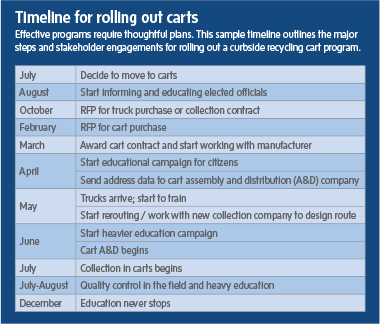
With an eye toward creating a more convenient recycling service for residents and greater safety for collection crews, the city of Memphis was gearing up for a three-year, multiphase transition from dual-stream curbside bins to single-stream curbside carts. Each phase would involve distribution of 25,000 to 40,000 carts, ultimately reaching approximately 174,000 households by the end of 2017.
This meant in-depth planning with all players in the system—buy-in from city decision-makers; container procurement with a cart vendor; change in collection with the local haulers (both private and city run); communication with residents; and, of course, processing considerations with its longstanding MRF partner, ReCommunity, which is headquartered in Charlotte, North Carolina.
Williams and her teammate, a part-time outreach expert named Amanda Fryer, met with ReCommunity early and often, covering all the bases:
- contract – They explored new options for incentives, profit sharing and fees for contamination. In the end, the existing contract already was well-geared for both parties.
- quantity – Upgrading from bins to carts can boost recovery by 40 to 50 percent. They made sure the MRF was ready to handle the additional material.
- “yes” list – Seeking to make the most of the extra room that carts offer for recyclables, they expanded their material mix to include all plastic containers and more categories of aluminum.
- “no” list – They discussed the most worrisome prohibitive items (contaminants) to target resident communication appropriately. Full plastic bags were called out as a top offender; otherwise, the new single-stream sorting equipment would suffer.
Once the details were in place, the city of Memphis began the first phase of cart roll-outs. Throughout the next 18 months, carts were delivered systematically, recovery increased and everything went more or less according to plan.
Williams communicated steadily with ReCommunity during this time, tracking quantities and staying abreast of changes to the material stream. She also studied how to fight contamination, meeting with The Recycling Partnership about evolving techniques and available resources.
Back to the issue at hand
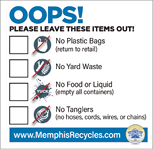
Four routes with contamination issues, limited staff availability and immediate need: This is not an uncommon scenario for many communities.
Williams and Fryer jumped into action. First they held an in-depth call with ReCommunity, discovering that the top problem materials were items in plastic bags, with honorable mention going to clothing, tanglers, food and liquids.
With that knowledge in hand, they fired up the off-white city cruiser and hit the streets to investigate. Driving and walking the problem routes, they sought root causes for poor quality. They peeked into carts, watched collection trucks and talked to residents on all four routes. This is no simple task when routes can average 1,000 homes each.
During their visits, they sought answers to these questions:
- Were garbage and recycling carts being collected in the same truck by accident? No. Next question. …
- Were residents aware that bagged items were a problem? They asked everyone they came across. For the most part, the news came as a surprise to people. Now we’re getting somewhere.
- Why was there so much garbage in some of the recycling carts? Did residents need more disposal capacity? Were they all cleaning out their attics? More questions, more interactions with residents. Maybe. …
- Did every household have a working garbage cart? Eureka! It turned out 54 of the households had broken garbage carts and were using recycling carts to fill the need.
Plan of action
Between the insights gained on the routes and advice from The Recycling Partnership, the team had all the information it needed to craft a plan, which was:
- Fix or replace all broken garbage carts on the problem routes.
- Mail an oversized postcard with a simple “no bagged items” message to every household on the problem routes. The city of Memphis matched those recycling routes to existing postal carrier routes, taking advantage of a much reduced delivery rate. Fryer supported the postcard’s message with social media posts.
- Print “Oops” and “Thank You” stickers and deploy them across the problem routes by walking each route on collection day, tipping every lid and leaving feedback. This required more staff time than the city had readily available; luckily Williams and Fryer are resourceful. They pulled in volunteers from the University of Memphis and the Tennessee Department of Environment & Conservation and covered the problem routes for two weeks.
- Measure results. They tracked progress through regular conversations with ReCommunity. After only two weeks, contamination levels dropped to an acceptable range. Williams also spoke with collection drivers to capture additional insights.
“Honestly, I couldn’t fathom that it worked so well,” Williams says. “The fact that such a small amount of effort made such a difference was unbelievable to me. We haven’t had any problems since. Even the drivers are amazed.”
In other words, a 1.5-person staff solved contamination inside of a single month.
“Overall it was a big win for us,” Williams says. “The volume we’re collecting on the targeted routes is roughly the same as before our interventions and, if you consider the contamination we reduced, then the overall recovery increased.”
Do it yourself
Cart-based collection systems benefit communities with more efficient collections and more recyclables. However, it takes regular attention and communication with stakeholders to ensure quality material.
Contamination is an inefficient use of recycling capacity, a drag on infrastructure and an extra fiscal burden on the recycling system. Communities, haulers and MRFs can work together to address misplaced materials, and there are a number of examples like Memphis to follow.
The Recycling Partnership and the Massachusetts Department of Environmental Protection have completed a yearlong project to build and test a contamination-crushing program. As in Memphis, key results from pilot testing include declines in overall contamination, the number of contaminated carts and the most problematic contaminant (items in plastic bags fell from 43 percent to 15 percent of contamination by weight).
Free guides, downloadable artwork and related resources to launch cart-based recycling programs or to improve recycling stream quality are at http://tools.recyclingpartnership.org.
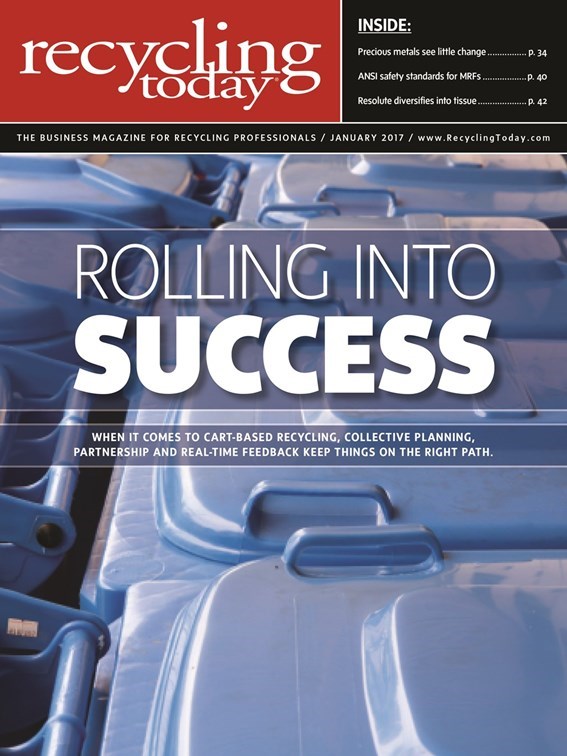
Explore the January 2017 Issue
Check out more from this issue and find you next story to read.
Latest from Recycling Today
- Novelis quarterly, full-year net sales down; CEO reports ‘strong improvements’
- Meeting the decarbonization challenge
- Cyclic Materials expands leadership team
- Paper cup acceptance at US mills reaches new milestone
- EPA announces $3B to replace lead service lines
- AMCS showcasing Performance Sustainability Suite at WasteExpo
- New Way and Hyzon unveil first hydrogen fuel cell refuse truck
- Origin Materials introduces tethered PET beverage cap

